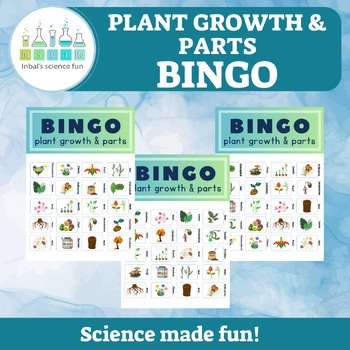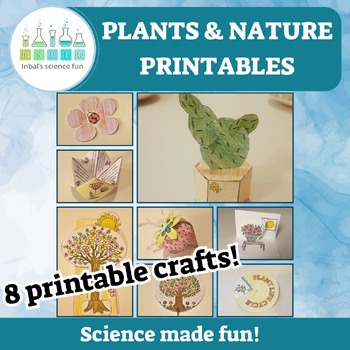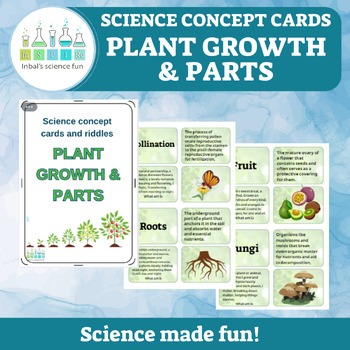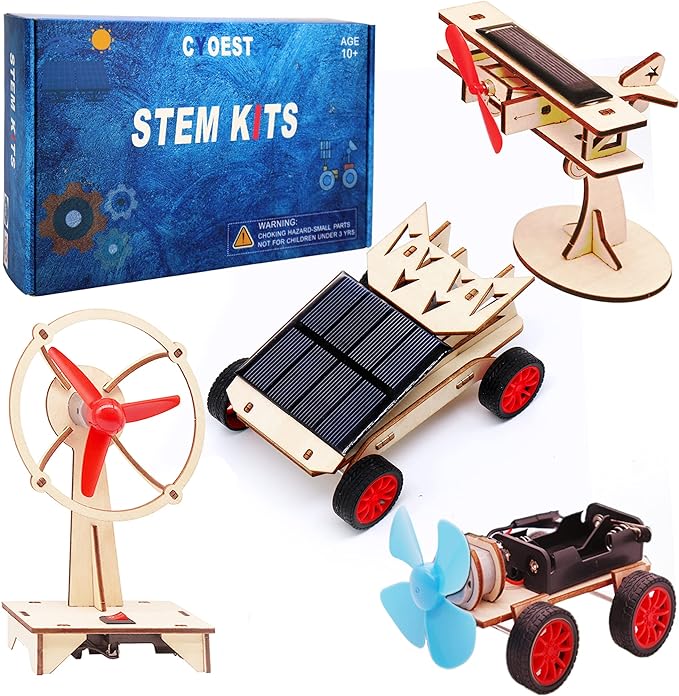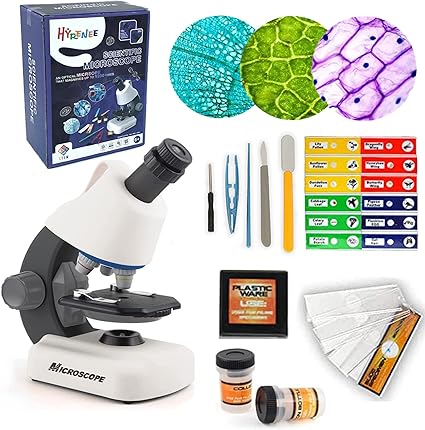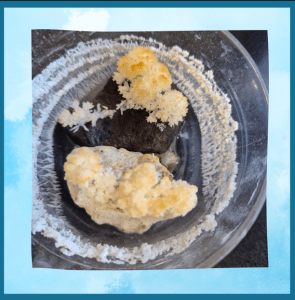Hands-On Plant Growth Experiments
As teachers, we know that getting kids excited about science can sometimes be a challenge. However, when it comes to the topic of plant growth, there are so many engaging, hands-on experiments you can do that will capture your students’ attention and help them learn important scientific concepts.
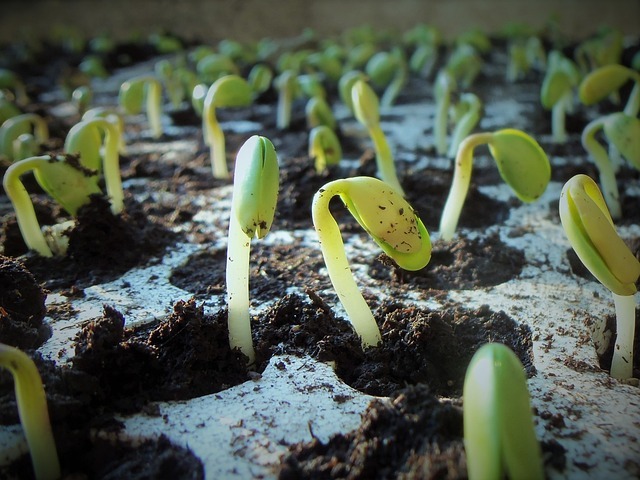
Not only are plant growth experiments fun and interactive, but they also align perfectly with many elementary science standards related to life cycles, plant needs, and the environment. By conducting these experiments, your students will develop essential skills like observation, data collection, and drawing conclusions.
Let’s explore some captivating plant growth experiments you can try with your elementary students.
Growing a Bean Plant from Seed
One of the most classic plant growth experiments is observing the germination and development of a bean plant. Start by having each student plant a bean seed in a clear plastic cup filled with soil. Plant the bean close to the cup so they can see each step. Throughout the next few weeks, have them observe and record the changes they see, such as the emergence of the shoot and root, leaf development, and growth over time.
Encouraging Root Growth
To demonstrate the importance of roots for a plant’s growth and health, try an experiment where you show how roots react to gravity and moisture. Have students plant seeds in two transparent containers – one vertical and one horizontal. They can observe how the roots grow downward in the vertical container, but spread outward in the horizontal one as they seek out water and nutrients.
Exploring Phototropism
Phototropism, or the tendency of plants to grow towards light, is another fascinating plant behavior you can explore with your students. Set up an experiment where you place a potted plant in a dark room with a light source coming from one direction. You can even have then build a maze. Over time, have students observe and document how the plant bends and grows towards the light.
Read more: Plants in a maze
Comparing Plant Needs
To help students understand the essential requirements for plant growth, divide them into small groups and give each group a different plant (such as a bean plant, a cactus, and a moss plant). Have the groups experiment by depriving their plants of water, light, or soil, and observe the effects. This will reinforce the unique needs of different plant species.
Investigating Transpiration
Transpiration, the process by which plants lose water vapor through their leaves, is an important concept that you can demonstrate through a simple experiment. Have students place a plastic bag over a plant’s leaves and observe the condensation that builds up inside the bag over time. This will show them how plants actively release water as part of their growth and survival.
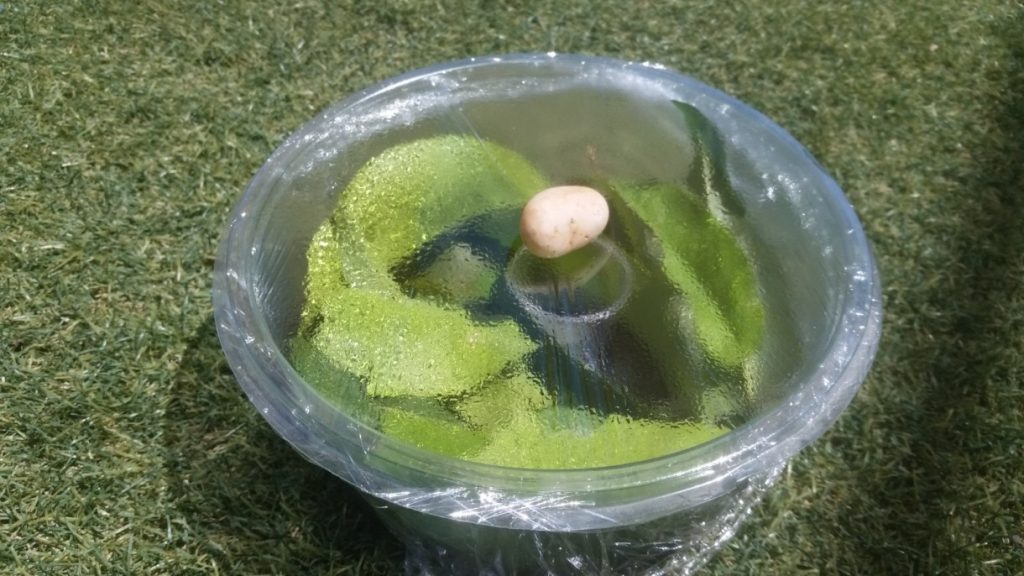
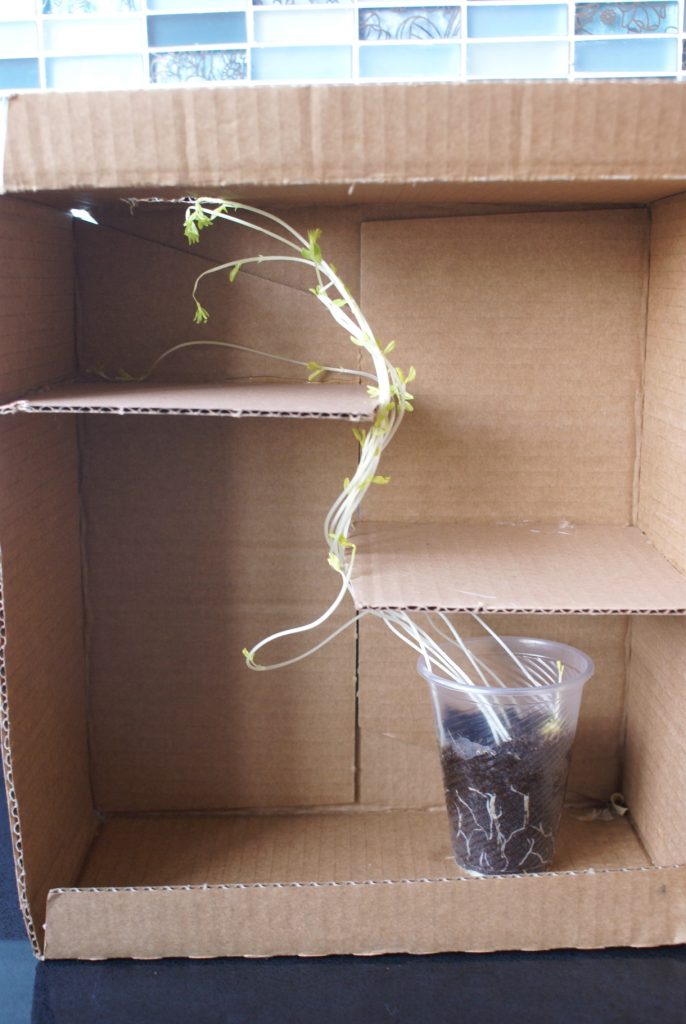
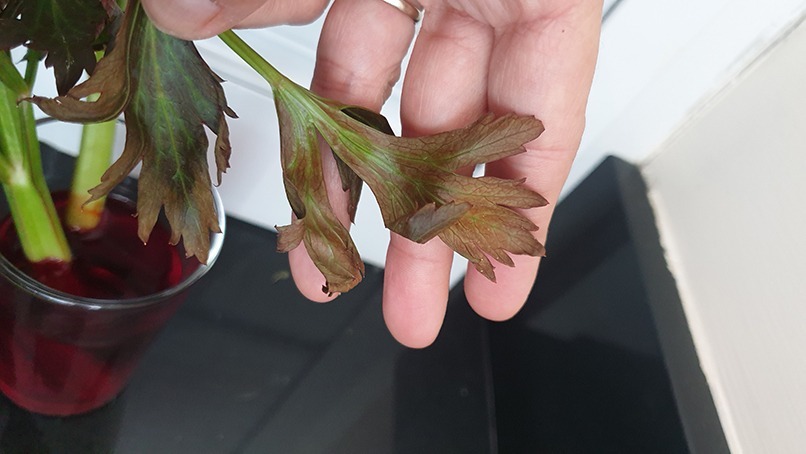
Making Seedling Sculptures
Provide students with a variety of seeds (such as beans, corn, or sunflowers) and ask them to carefully plant them in a shallow tray filled with soil. Once the seedlings sprout, challenge the students to gently manipulate the growing stems and leaves to create unique, artistic sculptures. This experiment allows them to observe how plants respond to external forces while tapping into their creativity.
Observing Capillary Action
To demonstrate the way water travels up through a plant’s vascular system, try an experiment with celery or white carnations. Have students place the base of the plant in water mixed with food coloring. Over time, they can watch as the colored water is transported up the stem and into the leaves, revealing the power of capillary action.
Investigating Seed Dispersal
Seed dispersal is a critical part of a plant’s life cycle, and you can spark your students’ curiosity about this process through a hands-on activity. Gather a variety of seeds and have students experiment with different methods of dispersal, such as wind, water, or animal transport. They can observe how the seeds’ structures and adaptations facilitate their movement to new locations.
Comparing Germination Conditions
To delve deeper into the factors that influence seed germination, set up an experiment where students can test how variables like temperature, moisture, and soil type affect the sprouting of seeds. They can plant the same type of seed in different conditions and track the rate and success of germination over time. This will reinforce the specific needs of plants during their early growth stages.
Throughout all of these experiments, be sure to emphasize the scientific method and guide your students in making careful observations, forming hypotheses, and drawing conclusions. Encourage them to ask questions, make predictions, and share their findings with the class.
By engaging students in these hands-on plant growth experiments, you’ll not only teach them about plants, but you’ll also foster their natural curiosity and love of discovery. These activities are sure to grow their understanding of the plant world and the fundamental processes that sustain all life on our planet.


